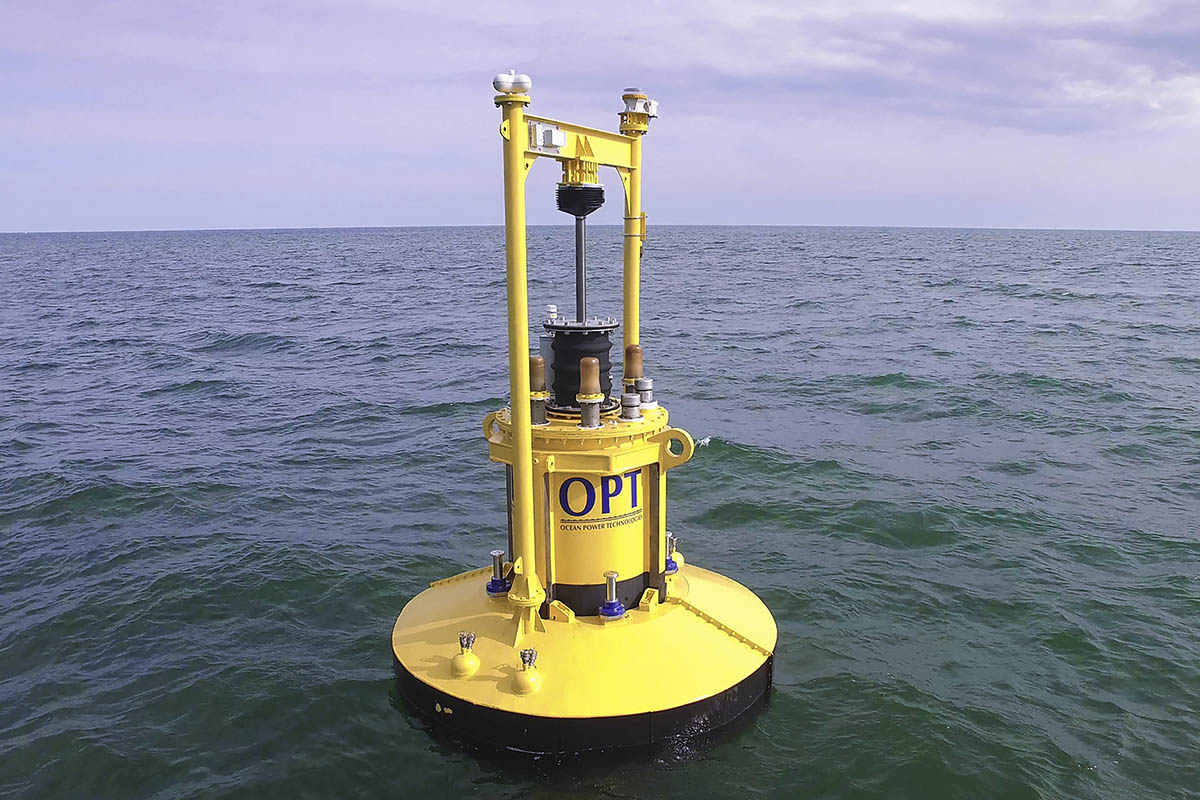Bioenergy

There are two main categories for the use of bioenergy. They are called Traditional use and Modern use. When you use the combustion of biomass, such as in the forms of animal waste, wood, and traditional charcoal, you are referring to Traditional use. On the other hand, Modern technologies of bioenergy include biofuels produced from plants like Bagasse, biogas produced by the residues of anaerobic digestion biorefineries, heating systems of wood pellets, and other similar technologies.
According to statistics, the world’s use of bioenergy amounts to about 3 quarters of renewable energy use. More than half of that amount consists of bioenergy from traditional uses.
There is a significant potential for biomass to boost renewable energy supplies to highly populated nations whose demands for renewable energies are rising, such as India, Brazil, and China. You can directly heat biomass to generate power or convert biomass to gas or oil substitutes. Another convenient renewable substitute for gasoline is biofuels, which are mostly used in transportation and the like.
Leading in liquid biofuels with the largest fleet of vehicles that are flexible-fueled is Brazil. These vehicles can run on Bioethanol, a type of alcohol mostly made by fermenting the carbohydrates in starch crops or sugar, sugarcane, corn, or sweet sorghum.





